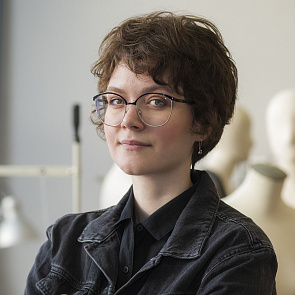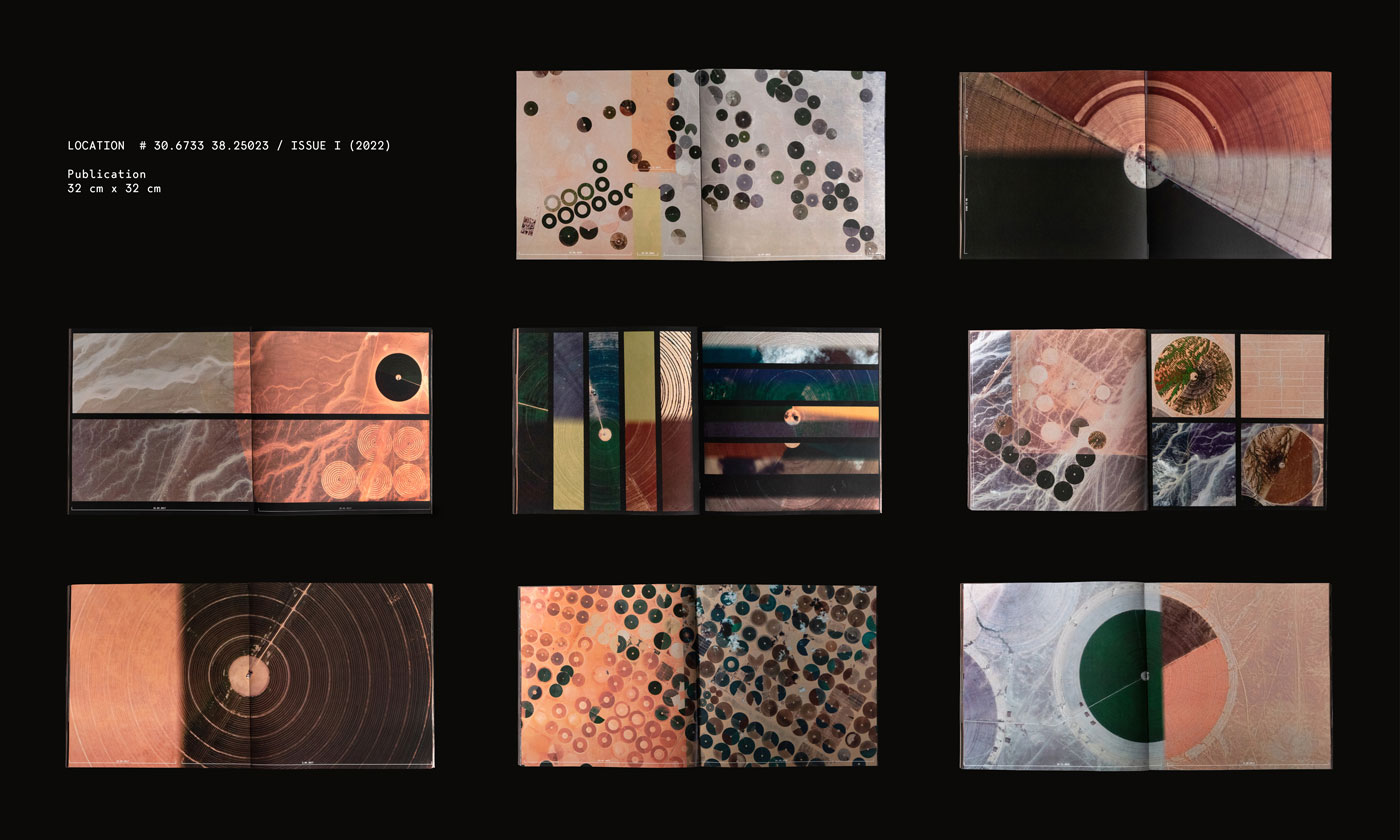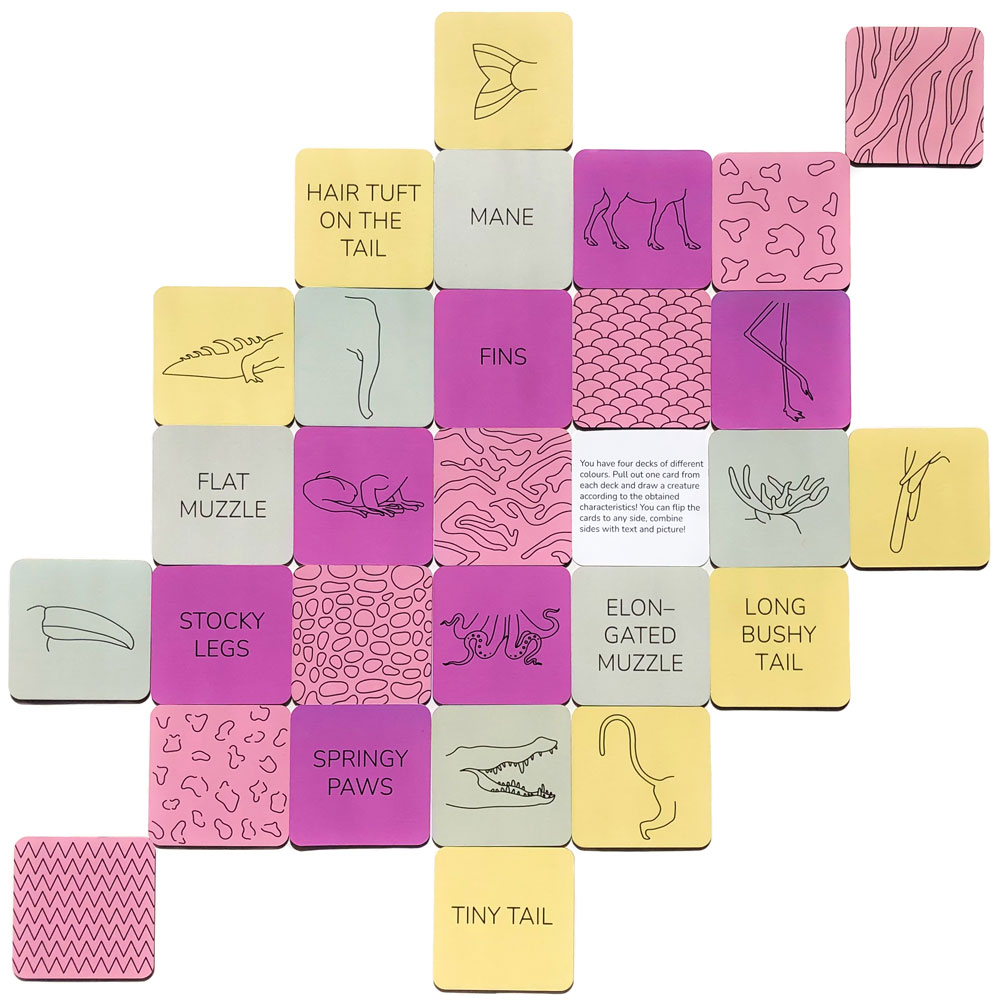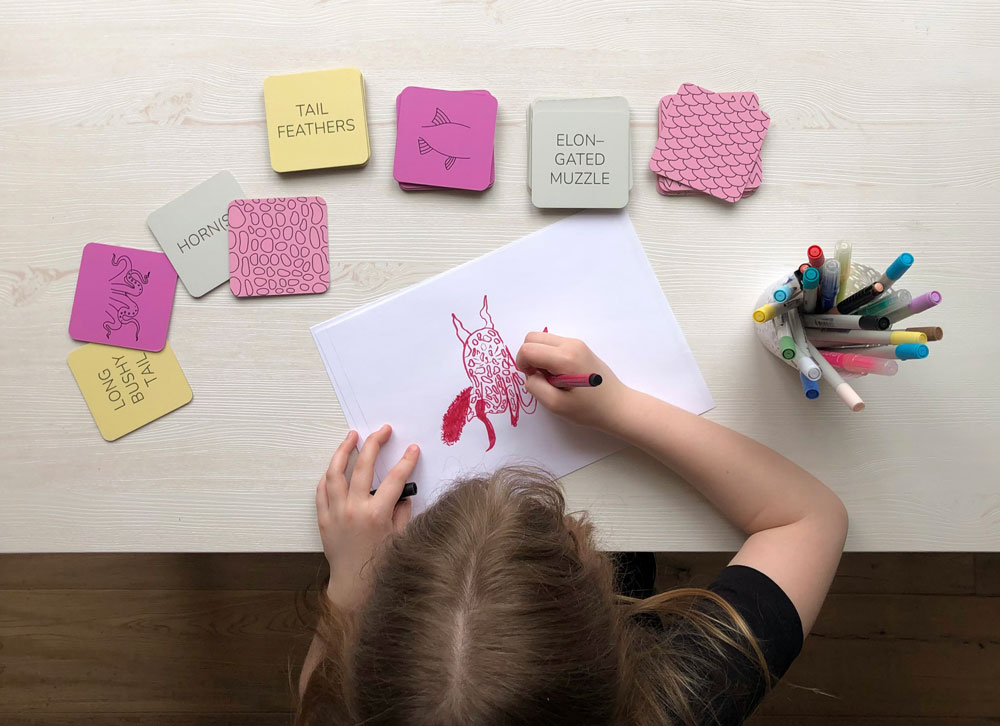One of the most exciting things about the art and design of tomorrow is that we don’t know what it will look like. However, we can be fairly certain that it won’t look like the art and design of today. So, if there is a job description which is common to all artists and designers it is that they have to be able to create things that people have never seen before; new images, new objects, new environments and new situations. In order to do this, students need to be able to move beyond their preconceptions. To surprise other people students first need to be able to surprise themselves. The Foundation programme at BHSAD establishes the conditions in which this can happen.
The emphasis early in the course is on arriving at ideas rather than beginning with ideas. Arriving at intention through exploring formal and material possibilities. Various constraints are employed which serve to deliberately limit the students possibilities in order to focus their inventive potential.
The course develops the student’s understanding of the world of art and design. Students examine where their strengths and interests lie through an engagement with practical projects, problem solving and critical thinking. The course is studied in three stages. It gradually moves from being predominately staff led during Stage 1, to a situation where students are able to develop projects wholly independently by Stage 3. This emphasis on developing independence is a vitally important preparation for degree level study.
The course is taught in English. English language tuition is an important part of the programme with a particular emphasis on the use of a specialist art and design vocabulary. Students attend twice-weekly English classes. Being able to confidently discuss their work in English enables students to becoming internationally employable.
The course will be great for applicants with complete secondary education or art secondary education, with at least 1 year of artistic training and creative works.
How to prepare for entry exams
Britanka Pre-Degree Show 2022
What makes the programme unique
Introduces students to a series of strategies and attitudes through which they begin to engage with a broad range of ideas, media and workshops. Students are asked to suspend their judgement and to challenge their preconceptions through a series of intensive challenging projects.
These projects require students to work outside their comfort zone, encouraging them to arrive at ideas through mindful play and experimentation. Students attend relevant practical workshops, developing key skills such as drawing, idea generation, research and problem solving. Structured projects allow students to experience a broad range of creative activities in order that they make an informed decision of which specialist pathway to enter.
Through a series of creative projects students develop a greater understanding of their chosen field and its related disciplines. As Stage 2 progresses the projects become increasingly focussed towards specific degree applications. Within the Communication Design Pathway this would mean students identifying as Illustration or Graphic Design specialists; within the Fashion and Textiles pathway students identify as Fashion or Textile specialists and within the Three Dimensional and Spatial Design Pathway students identify as Product Design, Jewellery or Interior Architecture Design specialists.
In Stage 3, every student proposes and executes an independent project culminating in a body of work for a public exhibition in a professional context. Students receive intensive critical feedback during this period, thus allowing them to refine and realise their ideas to a high standard. Stage 3 is delivered and examined at the same level as the first year as a BA (Hons) programme.
By the end of the stage and the course, students have developed a sophisticated understanding of their chosen subject, refined their research, problem solving, planning, organisation, analytical and practical skills to degree level. They are perfectly placed to successfully progress onto the BA degree programme of their choice.
Teachers





01 Entry requirements
Students applying for Foundation Art and Design need to complete the following:
- portfolio review and interview;
- BHSAD English test;
- 300-500 words personal statement in English about why I want to study on Foundation Art and Design programme?
Applicants have to choose the round (month) when they are going to pass the entrance tests. Date and time of interview and English exam is assigned individually, not later than a week before the start of the round.
Applicant tests results are sent via email in 5 working days after the round end.
Recomendations for preparing to pass entrance tests
02 Required level of English
IELTS band 5.0. If the applicant has no valid international certificate, he will take a free entry BHSAD English test.
Test duration – 2 hours.
BHSAD English test consists of:
(listening to recording played once) – 10 questions, 10 minutes; (answers)
– 55 questions, 40 minutes; based on Murphy "English Grammar in Use" Intermediate;
– 2 parts, 20 questions, 30 minutes;
45 minutes, 200-250 words on given topic
(e.g. Some people prefer to live in a small town. Others prefer to live in a big city. Which place would you prefer to live in?)
Along with the IELTS results, the following certificates are also accepted:
CAE (Certificate in Advanced English), FCE (First Certificate in English) and other documents, confirming the level of English language proficiency are considered individually.
Take into account that we accept for consideration only certificates whose period of issue does not exceed 2 years by the time of submission to the admission committee.
If it is possible to document the fact that an applicant has successfully studied (at least for 2 years) in an English speaking country, where classes were held in English, the admission committee can take a decision to admit an applicant without an IELTS certificate.
03 Required portfolio
Upon admission, the applicants must submit their portfolio for consideration, containing 15 – 20 pieces of design / art work and a sketchbooks any size (maximum of 3) Please ensure you clearly label your A1 portfolio and sketchbooks with your full name, in Latin text. Digital files should also be organized into a separate folder on your portable hard drive, be clearly labeled with your name and the title of any specific project. Present examples of the best and most recent projects, reflective of your creative abilities. Include original artwork such as drawings and paintings as well as large format digital prints and photographs. Animation and video work should be presented on a portable hard drive, files should be compatible with Apple operating systems. Your portfolio should contain a range of visual material, including sketchbooks, rresearch and developmental work as well as finished two-dimensional works and photographs of three dimensional pieces or two dimensional works which are too large to include in the portfolio. We will look for: Drawing (the ability to translate observations of the three dimensional world in front of you to a two dimensional plane). Making and crafting skills Use of a range of media, materials and approaches Experimental approach to media and materials Development and process (we are more interested in how a work has been tested and developed – all the things that you experimented with and tried – than we are in the finished work itself) Evidence of this is often found in sketchbooks, design sheets and practical tests. Try to show us your best and latest works, which fully showcase your creative abilities. Students applying to BA Year 1 (as opposed to Foundation applicants) must be able to demonstrate a significantly higher level of conceptual and technical skills
04 Interview
During the interview, you will be asked a number of questions to assess their knowledge and understanding contemporary art and design. You will be asked about your education and professional experience to inform the ultimate decision about your admission to the programme. Be ready to tell us about yourself, about your engagement with art and design and the projects you are presenting.
Cost and terms of payment
How do I apply?
You will need to provide the following documents:
- application form (filled in online)
- the original or a copy of the document on the previous education received
- 2 photos 3×4
- copy of your passport
After the necessary documents are provided you need to sign the contracts. For applicants under 18 presence of one of the parents is required. More details about the application process can be found in the “How to apply” section of the website.
Can I come personally to get to know the school better?
Sure, you can always meet with our admission manager any working day from 10:00 to 19:00. Make sure you appoint your meeting by phone 8 (495) 640-30-15.
Looking forward to seeing you in BHSAD!



















